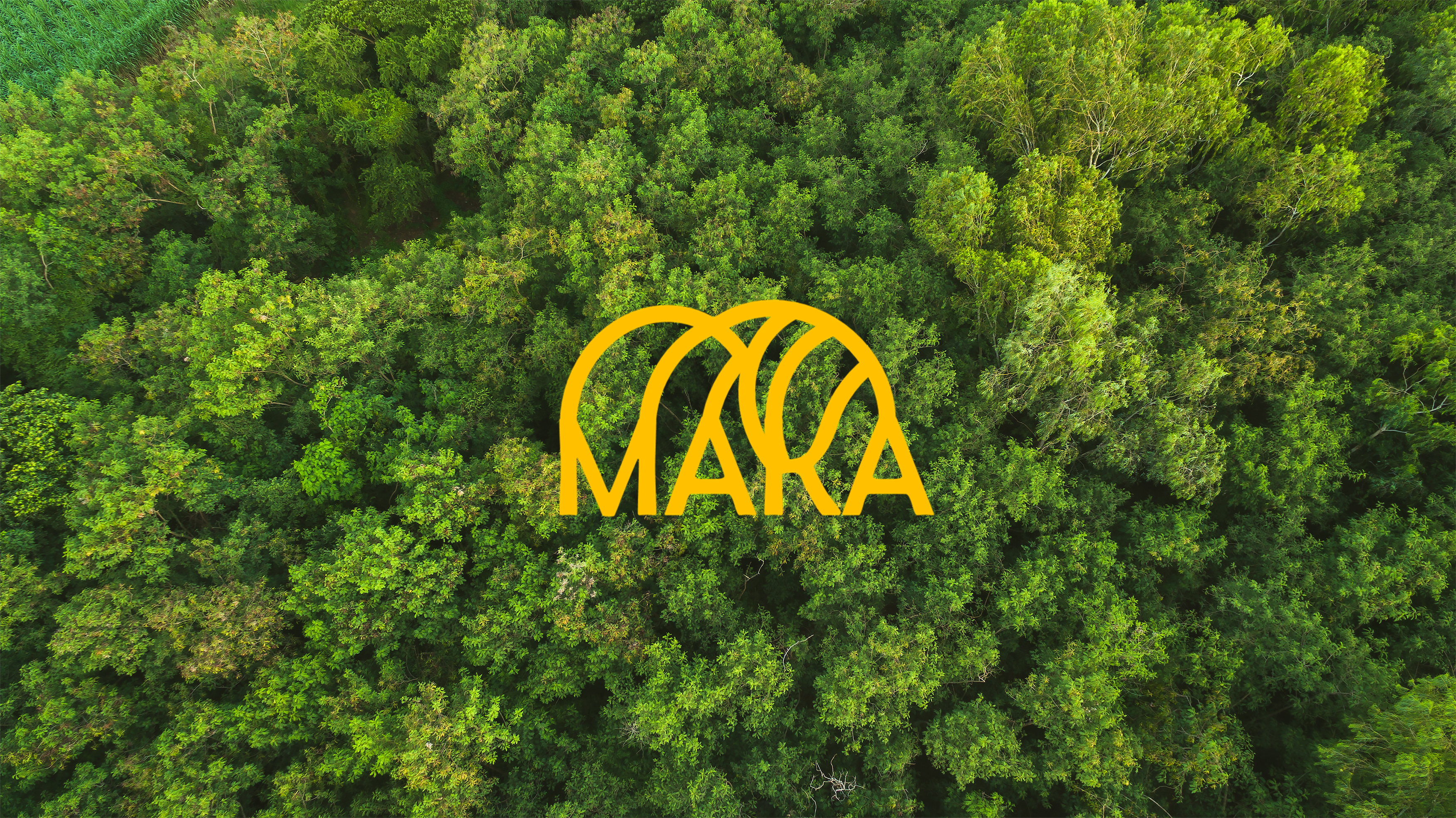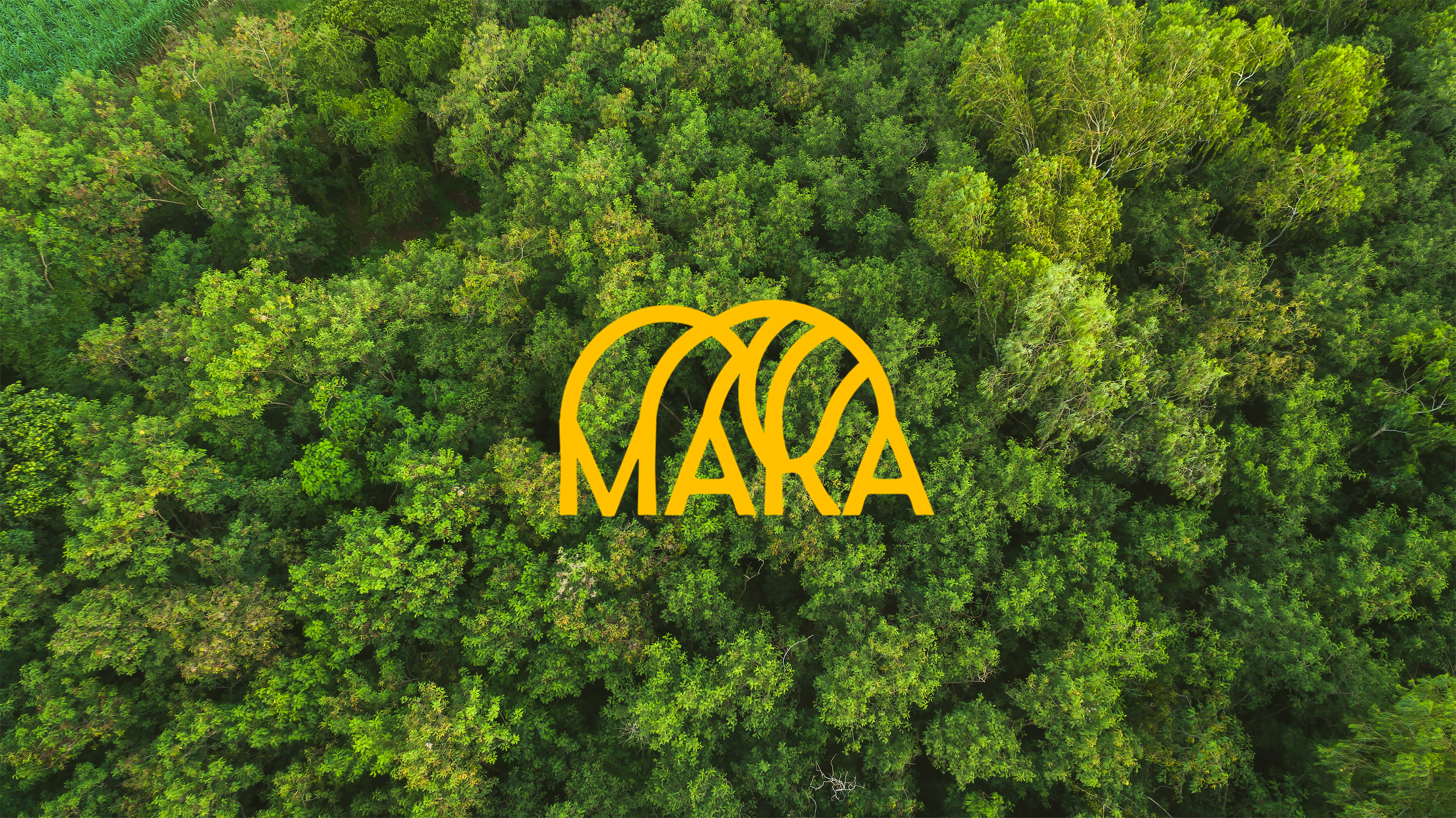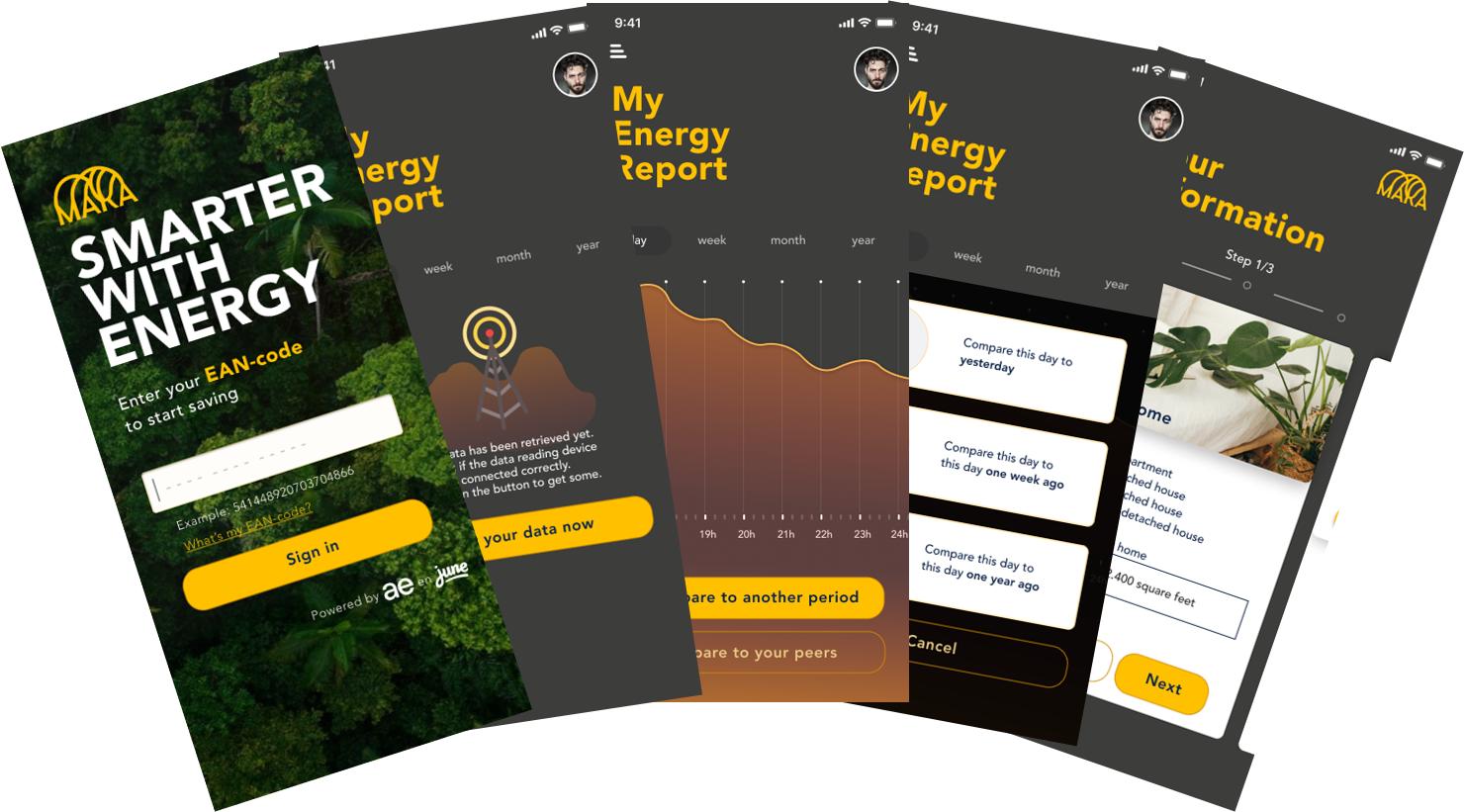

Many consumers find their energy consumption – not to mention the bill that comes with it – a hard pill to swallow. ‘Is this normal for a family our size? How can I reduce my energy usage to the absolute minimum?’, they wonder. Indeed, a great deal of consumers today are unaware of the steps they can take to minimize the amount of energy they use. To them, saving energy seems to be a luxury reserved for people who can afford to invest in solar panels, water pumps and other pricy measures. But now there is Maka, the platform that puts the energy-conscious consumer back in the driver’s seat no matter their budget.
Consumer-centric ecosystem of companies
In early 2019, Elia, together with the Belgian distribution system operators (Fluvius, Sibelga, Resa and Ores), launched the Internet of Energy Initiative in a bid to accelerate the energy transition in Belgium. Aiming to create an ecosystem of companies to facilitate the development of new energy services, the IO.E initiative is all about driving the power system towards consumer centricity.
Meet Maka!
Always a firm believer in ecosystem mindsets, AE enthusiastically joined the initiative and quickly got brainstorming with the rest of the team. It was during the first ideation phase, where viable ideas around different topics were being explored, that Maka was born.
Same cure, less pay
Maka starts from the basic principle that the energy transition doesn’t need to be expensive to be successful. Forget solar panels, heat pumps, electric vehicles, battery storage, etc. While these innovative technologies will surely aid the energy transition, they come at a cost which is far from feasible for many consumers. We therefore asked ourselves: ‘What is the minimal added value we can deliver to help anyone become more energy-efficient regardless of their financial background?’
Standing on the shoulders of giants
But lowering the financial threshold for consumers can easily mean a decrease in comfort, something which we were keen to avoid. So, we looked to other sectors for inspiration and stumbled upon Strava and Waze.
Strava is a running app (which also caters to cyclists and swimmers) that distinguishes itself from standard hardware suppliers like Garmin by offering a vendor-independent platform where users can share their running routes and challenge each other in terms of speed and/or distance covered.
Waze is a well-known app that strongly relies on the sense of community it creates between its users. By sharing their GPS location, Waze users notify each other of traffic jams and enable the app to calculate the optimal alternative route(s).
The best of both worlds
Maka aims to combine the basic concepts behind Strava and Waze, and apply them to the energy market. Maka users can help each other become more energy-efficient by sharing their individual energy consumption profiles. Maka is also vendor-independent, so all information delivered through the platform is completely objective.
How Maka works
Maka will provide the following basic features free of charge, as the main idea is helping consumers to become more energy-efficient regardless of their financial means.

Let’s compare you with you
The first feature Maka brings to the table is personal benchmarking, helping people to understand what impact certain behaviors, appliances or devices have on their energy consumption. For instance, what’s the difference between using your traditional oven compared to cooking the same meal in the microwave? What’s the best time to charge your hybrid/electric car? The ideal moment to turn on the sprinkler system? And so forth. Maka also detects standby power consumption when users are away from home, calculating the added expense of, for example, a digicorder in standby mode, lights that have been left on, a phone that’s still plugged in while fully charged, etc.
How much do others consume?
While the first feature is all about enabling users to fully understand their energy consumption patterns, the second goes a step further by comparing these patterns to those of other users. To allow for relevant benchmarking, Maka divides users into peer groups based on additional information provided by them. After all, when it comes to energy usage, it makes little sense to compare apartment owners to people living in villas, or single-person households to large families.
Never stop learning
And, of course, it doesn’t end there. The goal is for Maka to continue learning and growing, ultimately providing end users with even more and smarter features.
Stay tuned!
Maka’s proof of concept is currently being developed by AE. As of early 2020, the platform will be tested by a pilot group of around twenty consumers in order to collect end user feedback and to test the technical setup. The results will determine how the platform will be rolled out to a larger user group.
Hopefully, the Maka virus will start to spread from then on, and allow us to collectively support the energy transition. Together, we can help each other become more aware of the amount of energy we consume.
Learn more about Maka and be sure to follow our journey on LinkedIn!
Care to join the Maka team as a partner?
Please don’t hesitate to contact arnout.vandenberghe@ae.be.




